Day 26: White Stupa, Mongolia
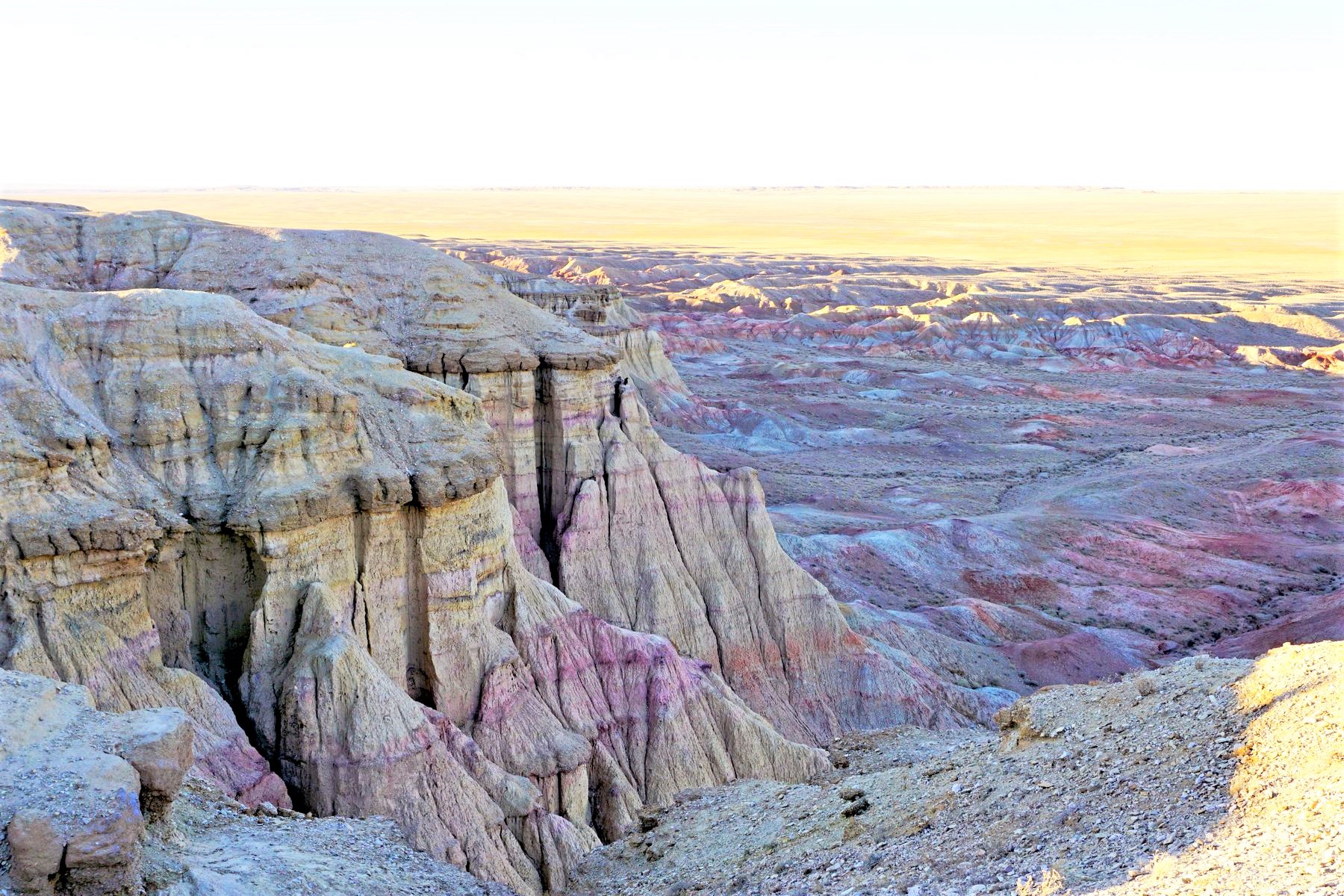
Day 26: Our Mongolian adventure was coming to an end. My 30 day tourist visa was soon to expire so I had to get to the Russian-Mongolian border asap. I could have extended the visa in Ulaanbaatar, but I felt like I left too much unfinished business back in Irkutsk, Russia (where I was living). -Pay rent, finish proofreading my friend’s book on climate change, work on my blog, help out Syberia Top (the guys I hike with), TVP and TROM, if they needed anything. I also wanted to move out of my flat in Irkutsk and onto Olkhon Island on Lake Baikal to work on my book. So there was one part of me that wanted to drop everything and keep on adventuring- extend the visa or go further down to China with Felix, then Japan, Korea, wherever, but the other part of me was telling me that I should be a responsible adult :) and finish my unfinished business in Russia.
At this point, I still had $3,000 or so of savings left (from the last job I had, almost 2 years ago on Hawaii), and that was enough for me to live on Earth without a job for at least another 6 months, so my decisions about where to go or what to do were based purely on what I wanted to do, not on what would make money.
So, we planned two hitchhiking days to get from Dalanzadgad to Ulaanbaatar, which is about a 600km drive. We got so confident hitchhiking through Mongolia that we didn’t even get out onto the road until about 2pm, even though it got dark at about 6pm. We had flashlights and winter camping gear with us, so starting so late was not as stupid as it sounds… maybe just lazy :)
The first car that drove by stopped and offered us a lift. It was a couple from Ulaanbaatar who knew a tiny bit of English. They told us that they were heading to Mandalgovi, which is halfway between Dalanzadgad and Ulaanbaatar (basically, exactly where we wanted to go), but they were also planning to see a place called “White Stupa” on the way. They asked if we wanted to join them. As always, we had no idea what this place was or where it was located, but we were excited about another unexpected adventure, so we said yes.
After about an hour drive on the main road, we turned onto a dirt road going east. We drove for about an hour and a half before it was clear that we were lost. The couple had never been to White Stupa before and it was really difficult to navigate around these dirt roads. Every road looked exactly the same and, of course, there were no markers. Just imagine a massive field/desert- nothing but small grass and shrubs, and random dirt roads heading in every direction. Eventually, we ran into a yurt and another vehicle that helped us out with directions. After about 3 hours of driving, we finally found it-
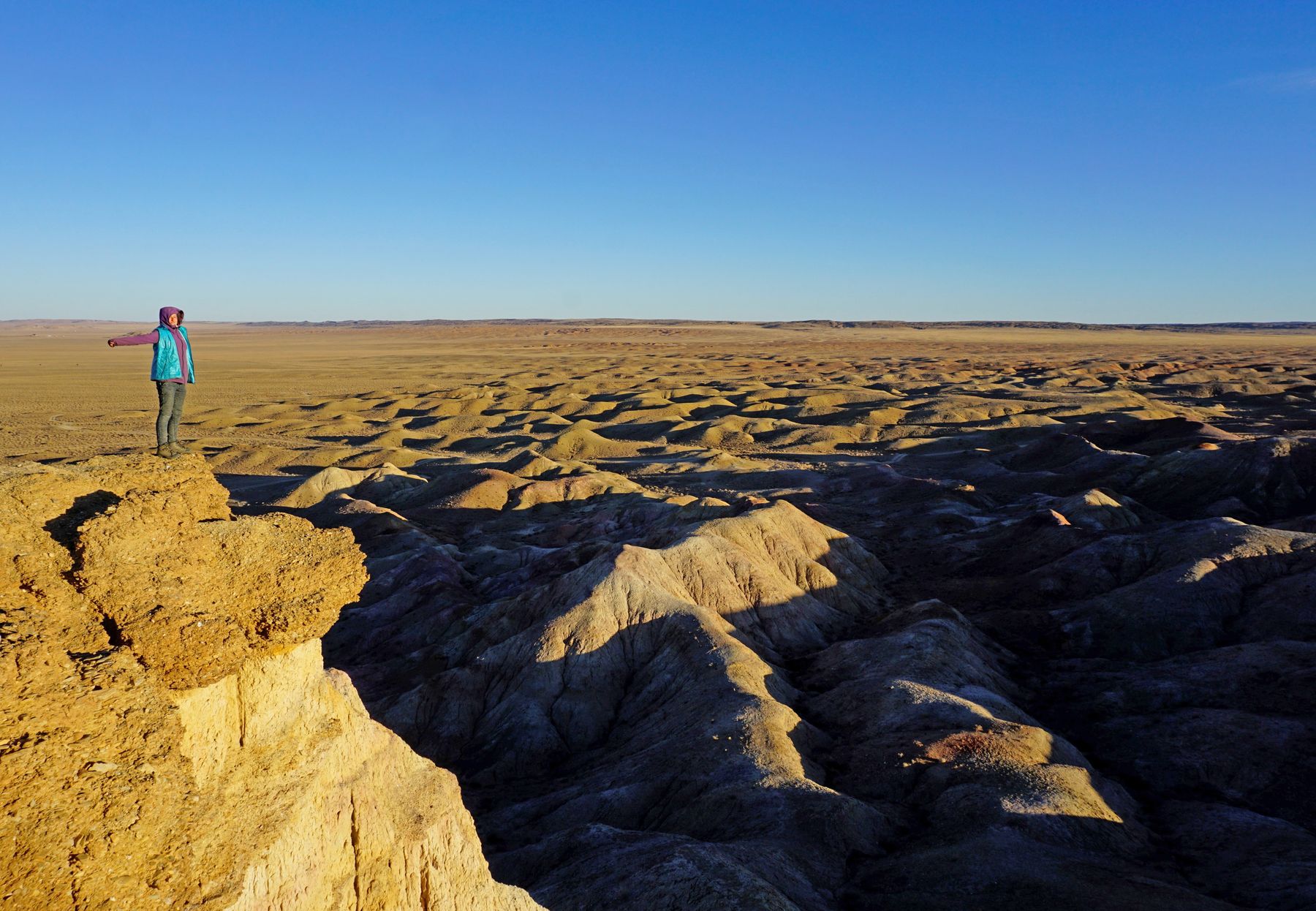
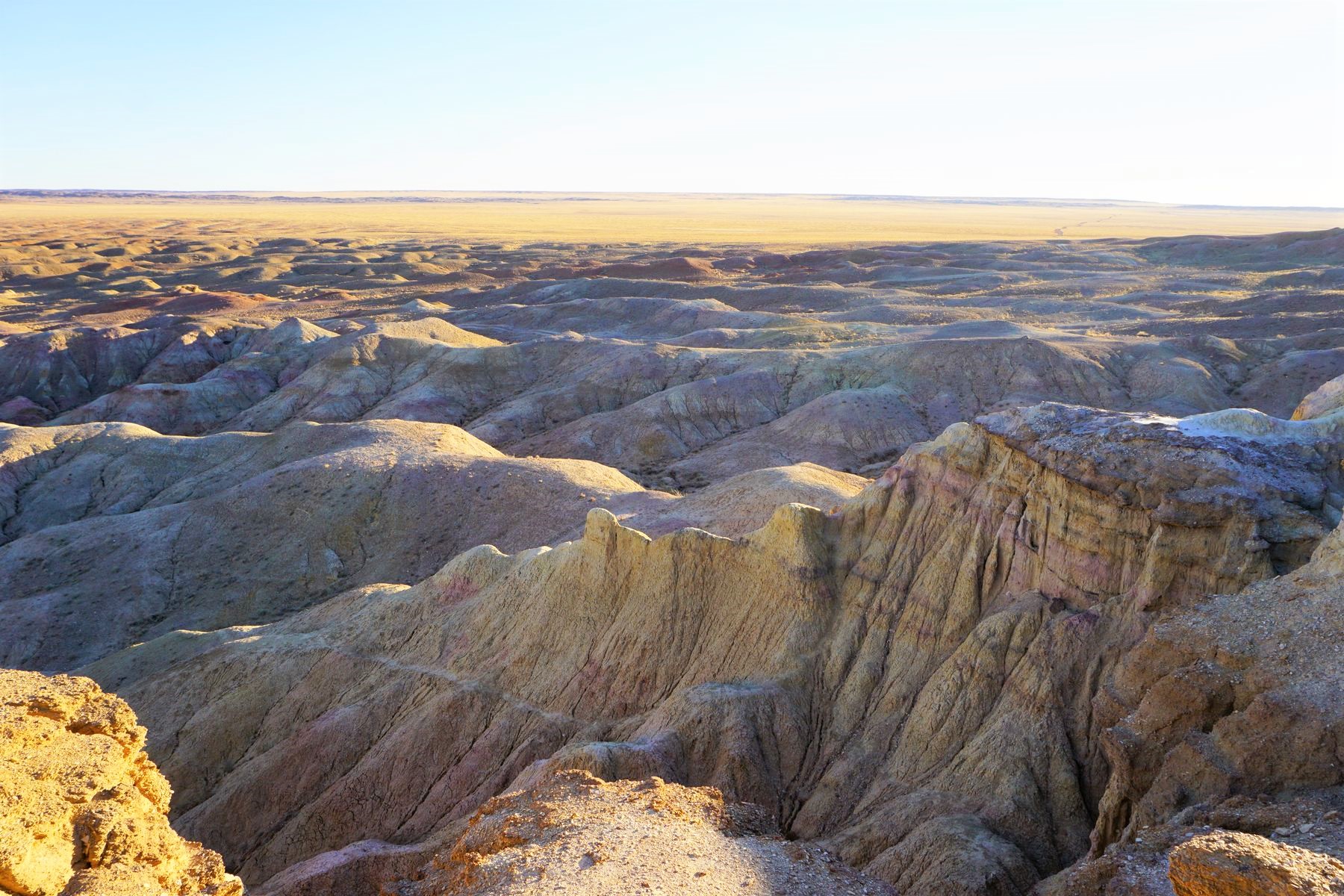
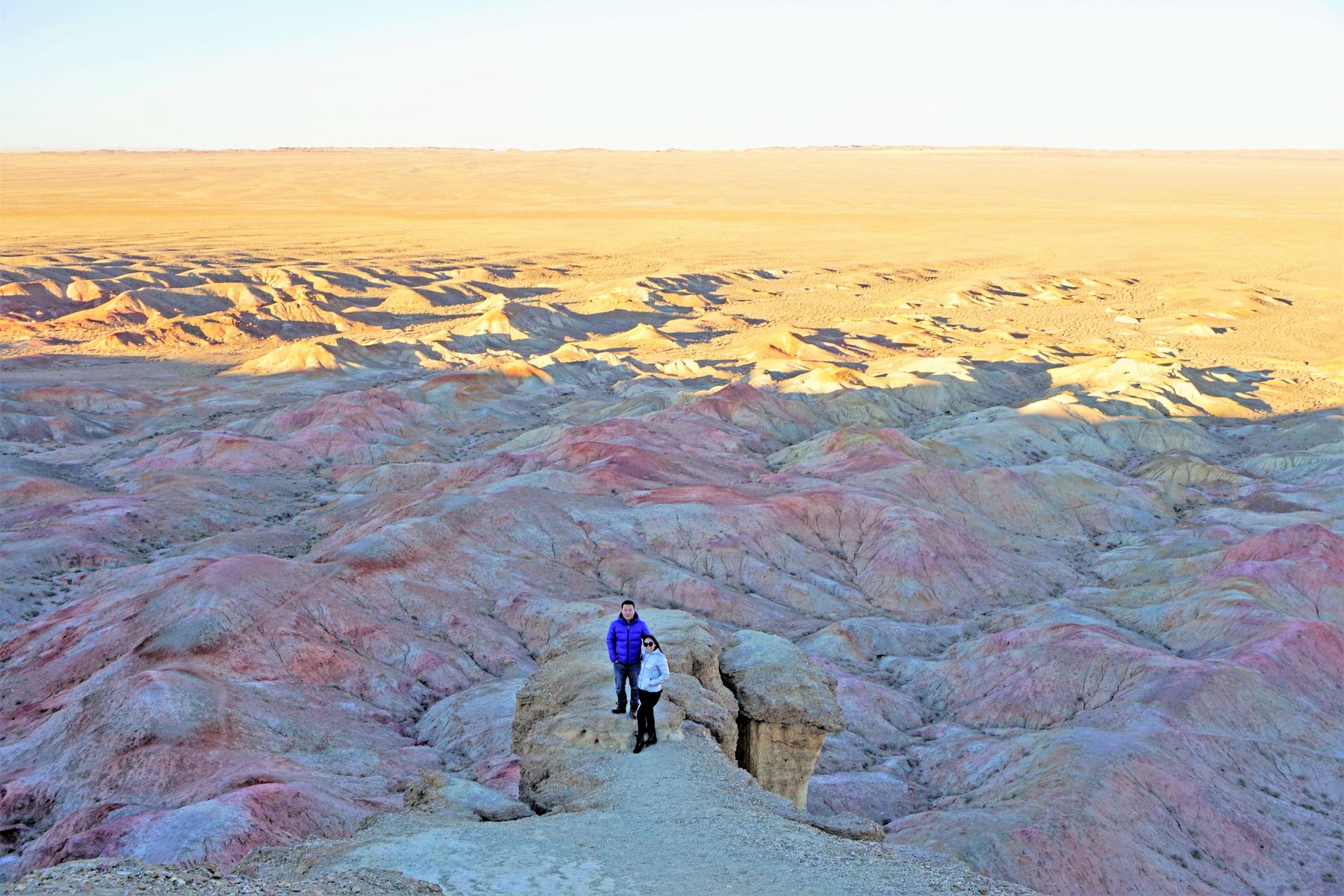
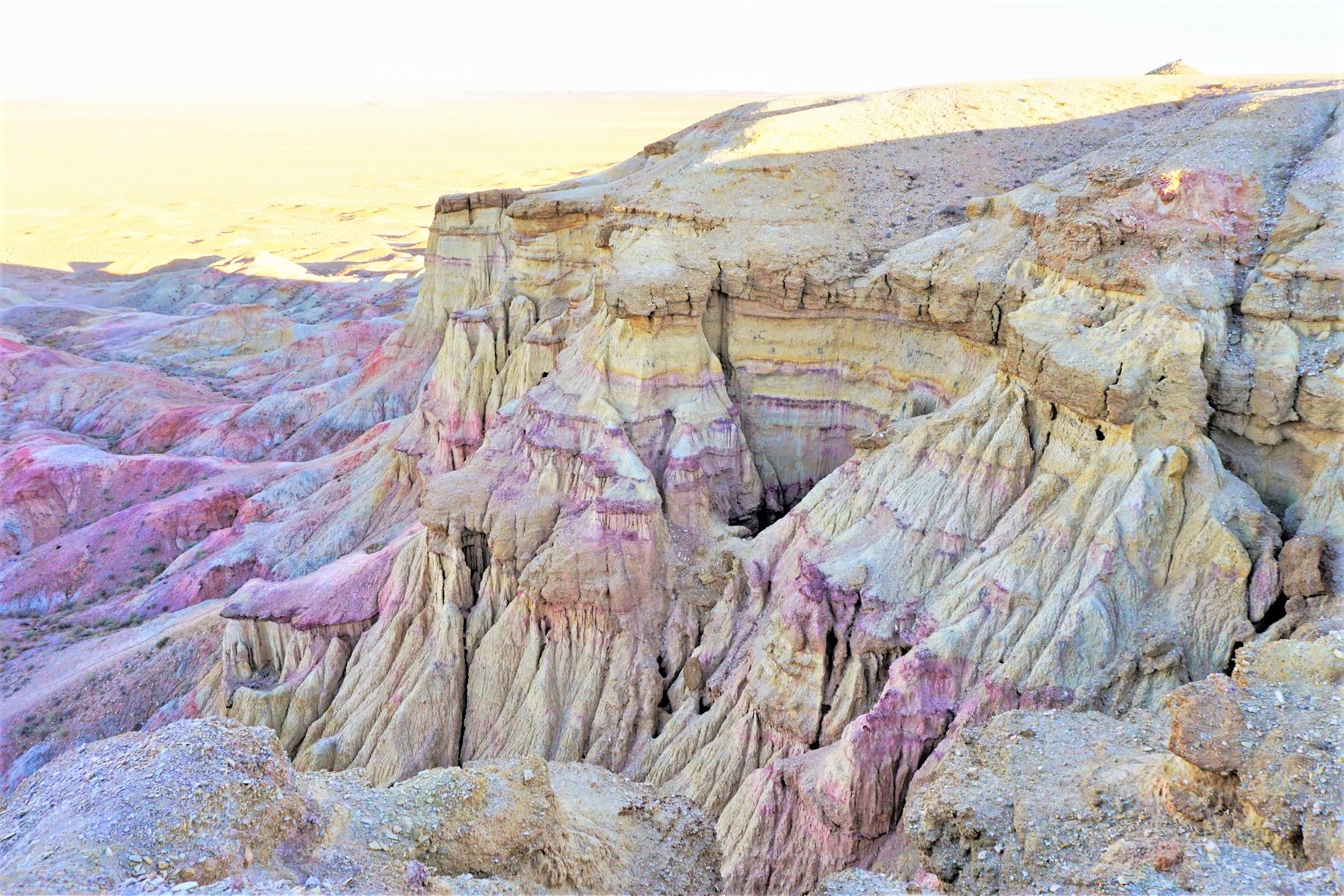
It was a pretty cool looking place. Not exactly white, more tan, pink and purple. But very interesting sedimentary rock formations clearly caused by water and weather erosion. The couple didn’t speak enough English to tell us about this place, but we assumed that this was another sacred place for the locals since there was an ovoo (shrine) there.
Later on, I found out that White Stupa is also known as Tsagaan Suvraga; it used to be a big sea and it is common to find sea fossils and shells in the area. The rock formations are millions of years old, 60 meters tall and 400 meters long. When it rains heavily, the rock walls look like a giant waterfall. There are also 2 caves nearby, called Khevtee and Bosoo agui (Lie and Stand Cave), where there are many bats.
Unfortunately, we didn’t get to see these caves on our free hitchhiking tour :) But we did get lunch! This couple even shared a meal and salty milk tea with us. They had fire-roasted marmot for lunch, which was quite fatty but delicious.
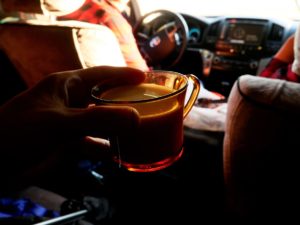
If you want to find White Stupa on your own, you can try following a GPS.

Don’t forget to bring lots of extra water and gas in case you get lost on these roads.
*If you ever do get lost or stranded driving around any desert, a word of advice I can give you is don’t leave your car. Don’t forget, it’s easy for a helicopter to spot a stranded car, not so easy to spot a little person. And always carry water!
After lunch, we drove back to the paved road and up towards Mandalgovi.
It got dark while we were in the car and we didn’t know where we would sleep that night. We didn’t want to go directly into Mandalgovi because we wanted to camp for the last time and we didn’t want to wander around a city in the dark. So we asked the couple to stop the car on the side of the road, in the middle of nowhere, before reaching Mandalgovi. They were a bit confused about this, but we tried to explain that we were camping. I’m not sure they really understood, but we just laughed and told them we would be alright.
We walked off the road, about a kilometer into the desert and found a perfect flat spot for our tent. Pitched it, cooked dinner, admired the stars.
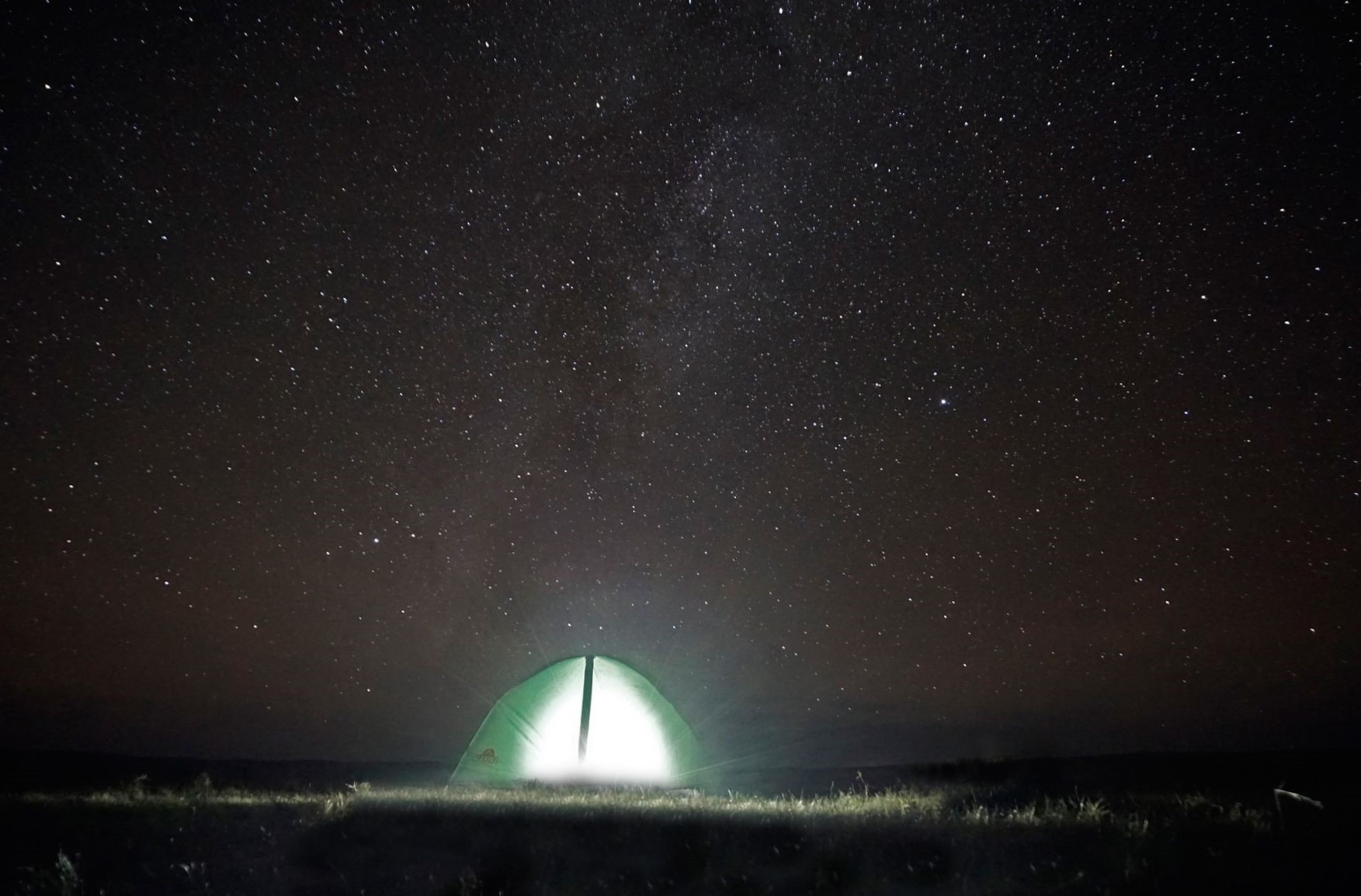
Total expenses of day 26:
$4- speaker (this was a long story that I won’t get into, but I had to pay $4 to get my own portable speaker back because I forgot it in a yurt in the desert).
$0.50- dehydrated soy meat (great camping product).
=$4.50
Total expenses so far of 26 days in Mongolia (including the price of getting to Mongolia):
$292